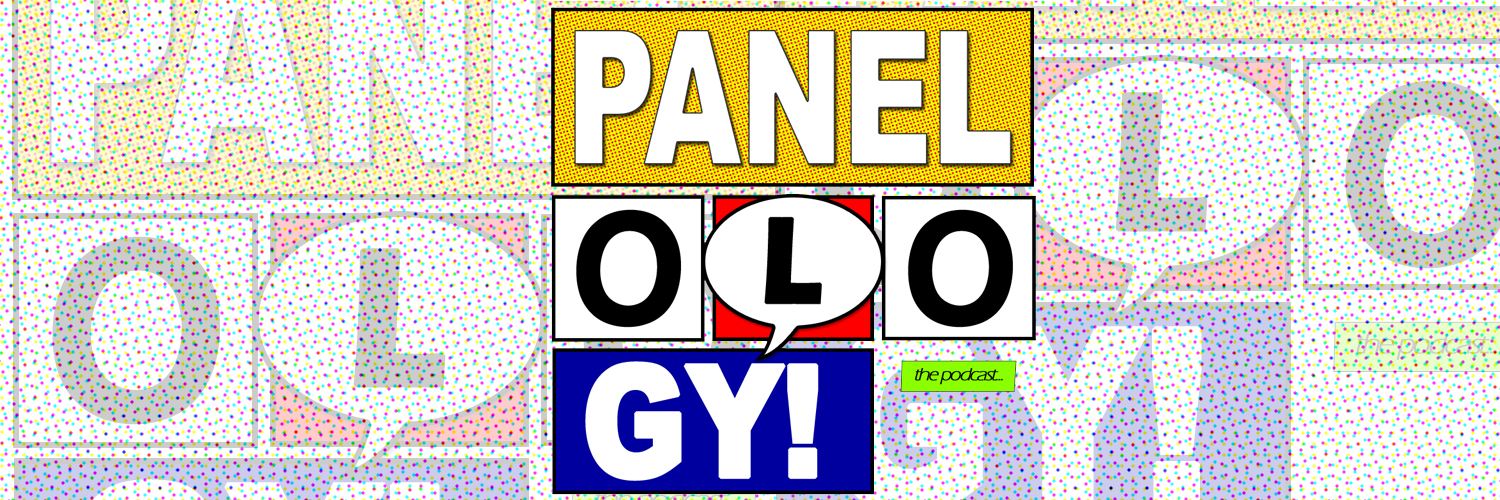I am tired of Heroes-Punching-Heroes storylines. I am tired of grim, hopeless stories. So why do I actually enjoy Injustice?
It comes down to context.
Injustice is not a war of ideas. It is not rooted about the act of choosing sides behind two ideologues. It’s not a product of miscommunication or hidden agendas. There is no supernatural manipulation. The fate of an entire line of comics does not rest on its shocking deaths or catastrophic consequences. Instead, Tom Taylor makes his story about fallible, human characters.
It’s about Superman’s One Bad Day.
It’s about an invulnerable man mourning.
It’s about his friend trying to reach out and stop him from making bad decisions out of grief.
For its scale and stakes, Injustice hinges on an intimate story. What happens at the global level serves Superman’s arc as a character. When Batman stands in his way, it is not to challenge Superman’s grief—it is to save him from losing himself to his rage. Even when the book focuses on confrontation between heroes, it’s about specific choices. Relationship beats take precedence over bombastic fights.
Its best moments are focused and intimate.
This is true of Batman and Superman. It also the case for Harley Quinn, who mourns the Joker and develops a crush on the Green Arrow. Likewise, Bruce and Damian disagree over Superman’s Machiavellian ways. Catwoman emerges as an outsider, with the most poignant take any character offers about the situation.
In general, Injustice’s art is dense and shadowy. Jheremy Raapack draws the bulk of the first trade’s pages, with an army of revolving artists, inkers, and colorists sharing the workload. It has its ups and downs, but there was no point at which the art stood in the story’s way. To the contrary, it flows quickly and conveys emotion, tension, and regret.
I have had mixed reactions to comics centered around superhero conflict, but Injustice makes the idea work well. Taylor successfully builds the story on small, relatable moments; as a result, the larger, flashier moments feel important and earned. Its art tends to look good, and it captures the aesthetic of the video game. I’ve played that game, and if you’re a fan, you’ll definitely enjoy the comic; it gets to take its time and develop beats that the game never spends time on. And even if you haven’t played Injustice—or, like me, played it long enough ago that you don’t recall its salient points—there’s still more than enough to like.
Collected in
- Injustice: Gods Among Us, Volume One (#1-6)
- Injustice: Gods Among Us: Year One, The Complete Collection (#1-12, Annual #1)
Credits
Writer: Tom Taylor | Artists: Jheremy Raapack, Mike S. Miller, Bruno Redondo, Axel Gimenez, David Yardin, Tom Derenick, Marc Deering, Diana Egea, Kevin Maguire, Neil Googe, Xermanico, Jonas Trindale | Colorists: Andrew Elder, Alejandro Sanchez, David Yardin, Ikari Studio, David Lopez, Santi Casas, Rosemary Cheetham | Letterer: Wes Abbott

